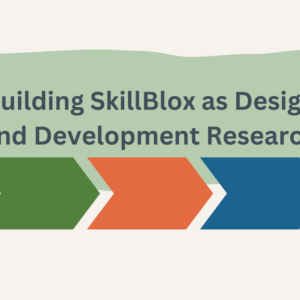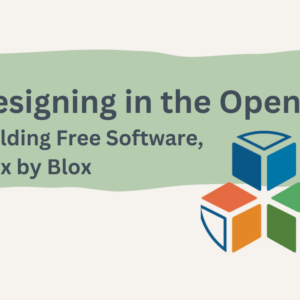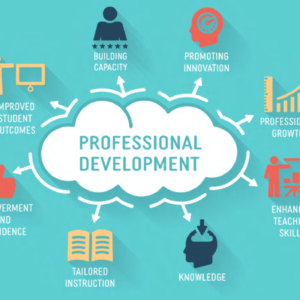
By the 21CLEO Research Team
There is no one way a working learner engages in the workplace to learn, nor is there just one set of initiatives that promote learning. Learning is a set of interactions that depend on the context, the conditions, the learner, and the learner’s goals.
At times, the learner does what is necessary to fill in knowledge gaps at work, by engaging in activities like independent online learning. For example, English language learners among our group of participants consulted YouTube videos as a just-in-time language learning resource; others enrolled in postsecondary education coursework supported by tuition reimbursement programs. Learning can also be driven by interests that lie outside of work in pursuit of individual growth. Such learning is guided by personal goals and motivations that may or may not be related to outcomes such as advancement in a job or earning a credential or degree. These experiences are what we aimed to better understand through our 21st Century Learning Ecosystem study.
Our data suggest there are many events, interactions, and activities that are encapsulated within a learning ecosystem. Among them are individuals such as educators and managers, systems such as labor unions and workforce development initiatives, and supports such as digital tools. Learning is supported when they work in concert to make up a learning ecosystem. For additional examples and background, see Working Learners in an Ecosystem and Learning Opportunities Available to Frontline Workers.
Formal Learning
There were ample examples of formal learning initiatives in our dataset that shared characteristics. For example, formal learning is often planned and sequenced, in contrast to incidental learning that may happen spontaneously and in the context of the every day of work. Formal education does not, generally, happen on one’s own. Formalized workplace learning often takes place in conjunction with specific efforts and targeted goals or focuses on foundational skills.
Formalized efforts are generally not short-term efforts nor do they serve distinct purposes, in contrast to focused training workshops. In the most ideal of circumstances, formal education leads to a credential or degree. It also may simply spark the desire to continue learning through channels that lead to badges or certificates that are becoming more widely recognized by employers as competencies, skills, attributes, or behaviors for a specific job used to define and measure an individual’s effectiveness. 1
Incidental Learning
Incidental learning is learning that occurs somewhat unintentionally, as a result of activities where learning is not set as a conscious goal. Learning may happen through engagement with another activity where new interests are sparked or new skills are developed in the act of completing tasks or finding solutions. A desire to uncover greater efficiency can be the catalyst for learning. When learning occurs on the job, it may be sparked by seeking a more efficient solution or problem-solving through a persistent issue. Skills can be gained through trial and error, critical thinking, observation, or through collaborative discussions with others.
Incidental learning may be the most common form of learning on the job, yet it typically is not recognized by supervisors, managers, or the learners themselves. Our data shows that many frontline workers are learning incidentally with great frequency, though these efforts may go unnoticed. For example, Destiny’s learning journey depicted in When Enthusiasm For Learning Isn’t Enough illustrates that incidental learning experiences in fact are under-recognized. Our research findings draw attention to incidental learning and its value.
Fluidity in Learning
Learning can take place in person within organized classes, it can occur online, or it can take place as a by-product of another pursuit. Those who have worked in education or the workforce have seen that learners do not necessarily stay with one mode of learning and that learning is not limited to the classroom. It occurs across a variety of face-to-face and online settings. Many working learners go to great efforts to engage in independent learning and apply what they have learned in flexible ways.
As more learning opportunities are made available, considerations of learners’ goals and time need to be taken carefully into account. How and when an individual engages in learning depends on the context of their lives as well as the larger sociocultural and socioeconomic forces within which they live. Learning, though thought of as a complex set of interactions, can be simple to achieve and empowering in its impact. Our work illustrates that working learners engage in multiple forms of learning, and that within a learning ecosystem, there must be multiple pathways for learners to extend learning and meet their personal and professional goals.
1 Competencies in workforce development can be organized into categories such as communication and teamwork, sales and customer service, leadership, or problem-solving and complex thinking, see Workforce Basics.



